Wild bison breeding catches on in Switzerland
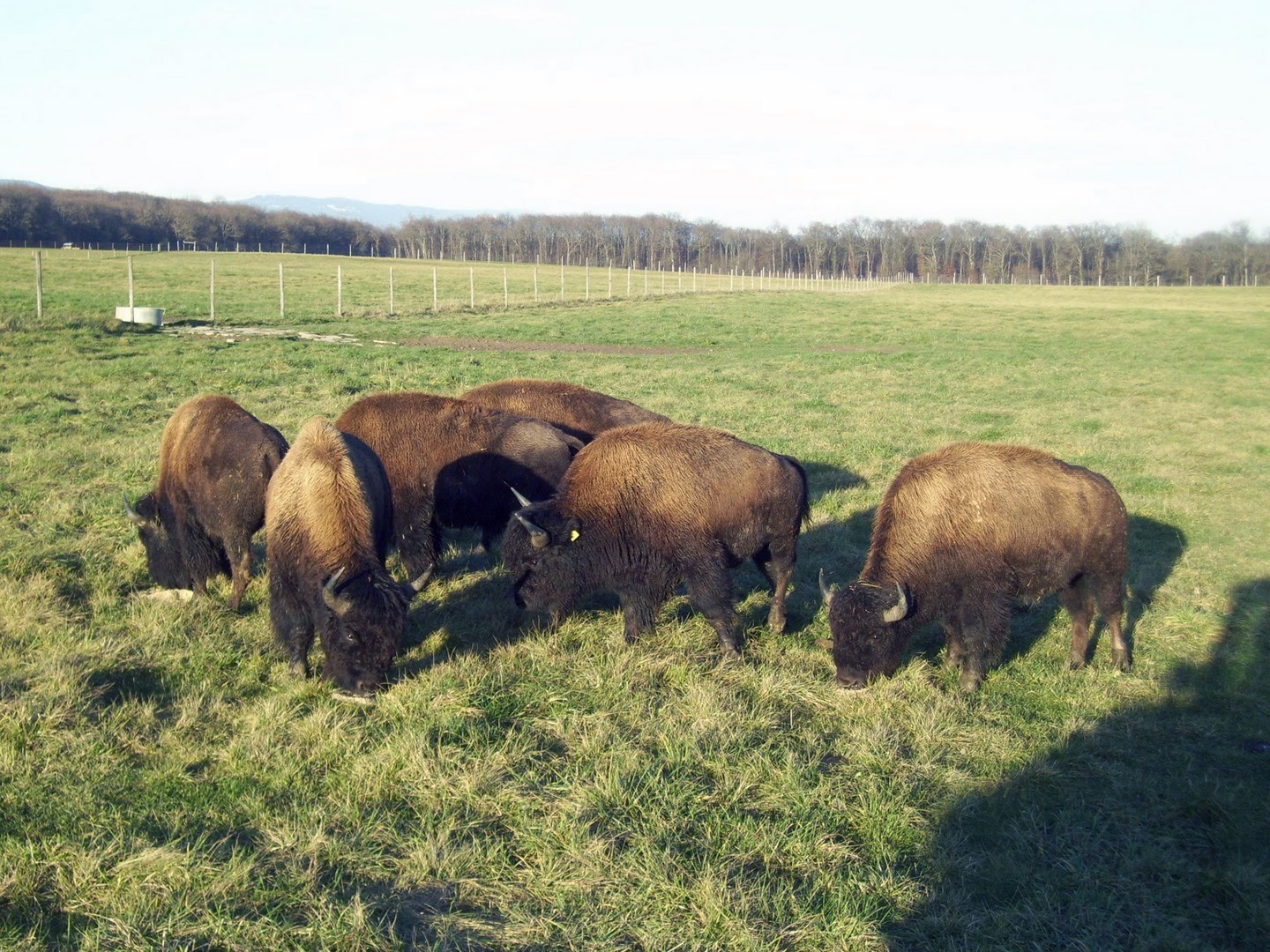
A herd of bison makes for an unusual sight on the green pastures around the small village of Collex-Bossy, in the canton of Geneva.
Visitors do double takes when they first see the burly, hump-backed creatures grazing in the fields not far from Geneva’s airport, against the snow-capped backdrop of the Jura mountains and the Alps.
But the bison have become an ingrained, if unconventional, part of the village’s agricultural scene.
While still far from being a mainstream item in supermarkets, bison meat has earned a local reputation as a tasty, low-fat alternative to beef.
And a small but growing number of breeders across Switzerland are now raising the wild animals, originally native to the North American prairies.
They are following in the footsteps of Collex-Bossy farmer Laurent Girardet, 53, who launched a pioneering initiative more than 20 years ago.
In 1990, Girardet decided to import ten bison from Alberta, Canada with the goal of raising them for meat, a first at the time for Switzerland. Now he has more than 130 of them, supplying two local butchers and several gourmet restaurants that take all he can provide.
“I always had a passion for things from North America,” Girardet tells swissinfo.ch, explaining his motivation to launch the venture.
Canadian experience
In the cosy kitchen of his sprawling farmhouse with its panoramic view of the Mont Blanc and neighbouring Alps, he recalls how he turned his back on a typical Swiss dairy-farming career.
At the age of 18 he took advantage of a youth programme to work for six months as a farm hand in Alberta, south of Edmonton.
There, he experienced the wide-open Canadian prairie, a stark contrast to the geography of his native Switzerland, with its small family farms.
In subsequent visits to Canada and the northern United States, where the raising of wild bison was beginning to flourish, he learned about the business first-hand.
“I had the idea of trying it here,” Girardet says.
His fellow farmers thought he was crazy when he decided to sell the family’s dairy herd to pursue the project. As it turned out, managing the bison, which weigh up to 600 kilograms, was the least of his problems.
“At the beginning it was difficult – there was no legislation and everywhere I turned there were hurdles.”
Laws passed at the cantonal and federal level regulate the raising of wild animals such as bison.
Low maintenance
The actual rearing of the animals is “nothing” in comparison with looking after a herd of dairy cows, Girardet says. On a day-to-day basis, he says, the bison are lower maintenance.
In the summers, his herd feeds on grass on leased land near his home, dubbed Les Plaines de Rosière, where he also maintains stables for boarding horses.
In the winter, the bison munch hay, which is grown locally and distributed in the fields twice a week.
But they remain undomesticated and are dangerous enough to require certain precautions, Girardet says.
Sturdy fencing is needed for the areas where they graze and the kind of direct human contact made with cows is impossible, he says. Moving them from one pasture to another by truck is a tricky operation.
The mature males are kept in separate pastures from the females and juveniles for most of the year.
A roundup of the entire herd takes place annually, the one time when managing the bison becomes a labour-intensive business, according to Girardet.
While two people can readily handle a similar-sized herd of cows, 15 are needed to corral the bison, he says.
But then the rest of the year is more relaxed. Young bison are born every May and reared until the age of two and a half when they go to the slaughterhouse.
The operation has been such a success that Giradet decided to branch out into breeding elk — he has ten of the wild animals.
Appetite for meat
He found ready acceptance for bison meat in the Geneva area, even though it is priced 20 to 30 per cent higher than beef.
Girardet started off by supplying one butcher and by hosting local events to allow people to sample the delicacy. Local chefs quickly saw an opportunity.
Bison burger features among the more popular dishes on the menu at the Auberge Communale in Collex-Bossy.
Filet of bison is among the gourmet offerings of the Domaine de Chateauvieux, one of just two restaurants in canton Geneva rated two stars by the Michelin guide to Switzerland.
The appetite for the wild meat is also picking up elsewhere in the country. The Swiss Bison Association counts 12 breeders with operations in various cantons, including St Gallen, Bern, Neuchâtel, Fribourg, Basel, Lucerne and Jura.
Regulations
Exact figures for the number of bison in Switzerland are hard to come by, although estimates range up to 500, including 200 reproducing females.
“The federal government does not keep national statistics on the number of such animals because this is the responsibility of the cantons,” says Nathalie Rochat, spokeswoman for the Federal Veterinary Office.
Bison fall into a category of wild animals raised for meat in Switzerland that includes red deer, fallow deer, wild boar, elk and ostrich, among others, Rochat says.
A federal regulation on the protection of wild animals requires farmers raising such animals to be authorised by the canton, she says.
The regulation requires a qualified veterinary surgeon to regularly check on the health of the animals, Rochat says.
An “independent specialist” is also required to show that the animals are enclosed in a proper manner with sufficient space, she adds.
Bison are popularly referred to as buffalo, although breeders of the wild animal prefer using the name bison, which is regarded as the correct scientific name.
In addition to the wood and plains bison species of North America, a European bison, also known as the wisent, is native to Europe and the Caucasus.
Weighing up to a ton with a lifespan of between 20 and 25 years, the bison is the largest terrestrial animal in North America.
Bison raised by ranchers are smaller because typically they are only kept for breeding purposes until the age of eight, while animals are sent to slaughter at two and a half years.
Bison meat is prized for its relatively low fat and calorie content, as well as a cholesterol level that is lower than beef.
Among the advantages touted for bison breeding:
– the animal needs no shelter and can live outdoors year round
– calving rarely requires human intervention
– bison are hardy and resistant to disease
– you can also sell the skin: Geneva breeder Laurent Girardet advertises bison skins for between SFr1,200 and SFr1,500 apiece.
North American bison once flourished on the plains of that continent, with population counts estimated as high as 60 million in 1800.
For aboriginal people, the wild ruminant species provided an abundant food source. But after European settlers moved in, the bison was hunted almost to extinction. By the end of the 19th century there were fewer than 1,000 remaining in North America.
Efforts were made to protect the animals in national parks, while ranchers began to keep private herds.
The population stabilized, though it remained low until the 1980s when ranchers began breeding bison for meat in a serious way.
By 2005, around 500,000 bison were bred on farms in North America, roughly divided between Canada and the US, according to the Canadian Bison Association.

In compliance with the JTI standards
More: SWI swissinfo.ch certified by the Journalism Trust Initiative
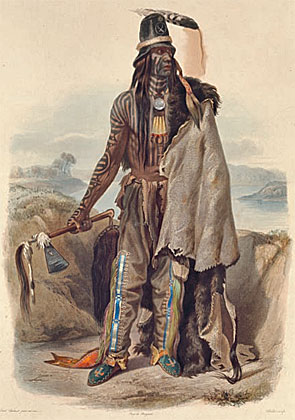
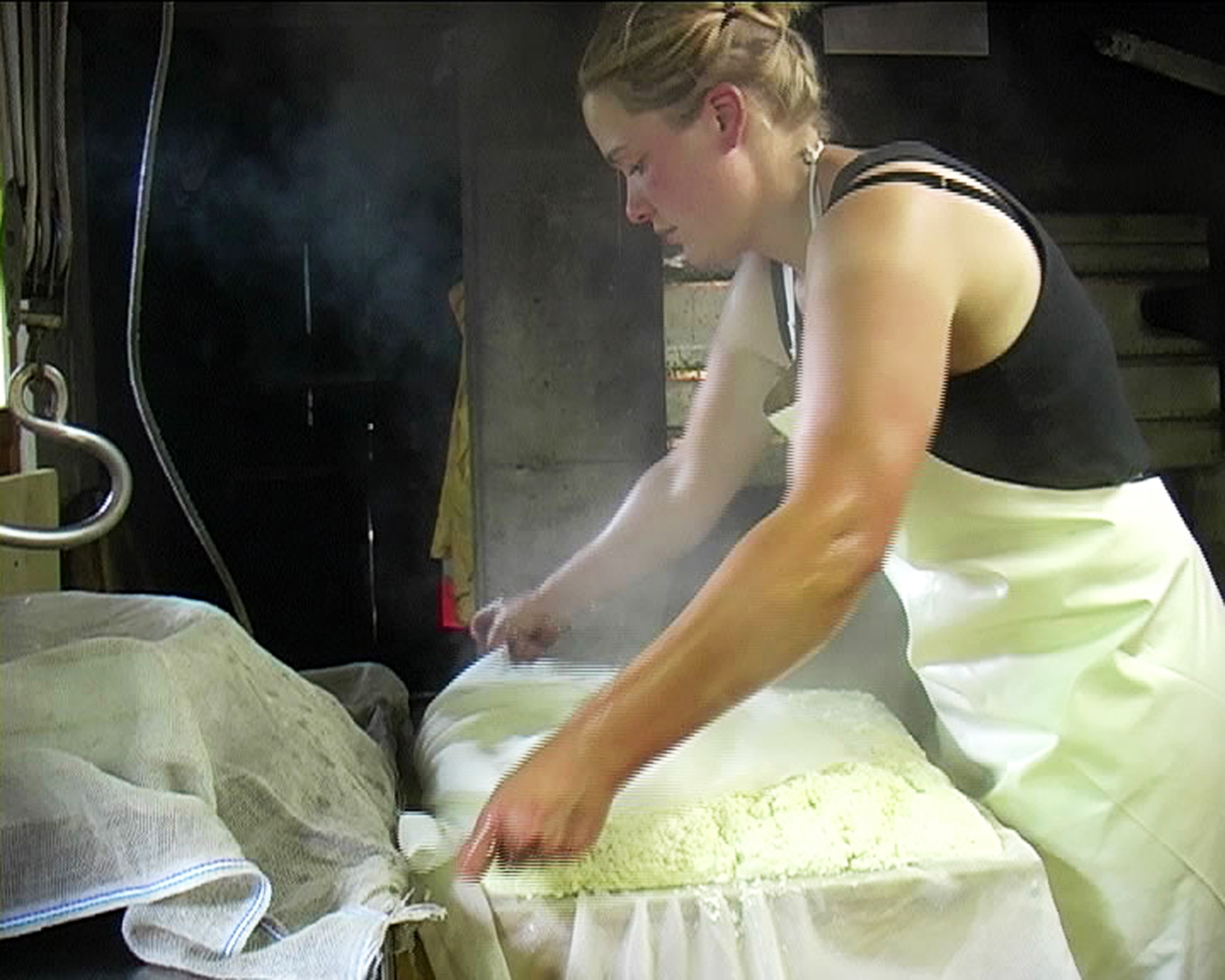
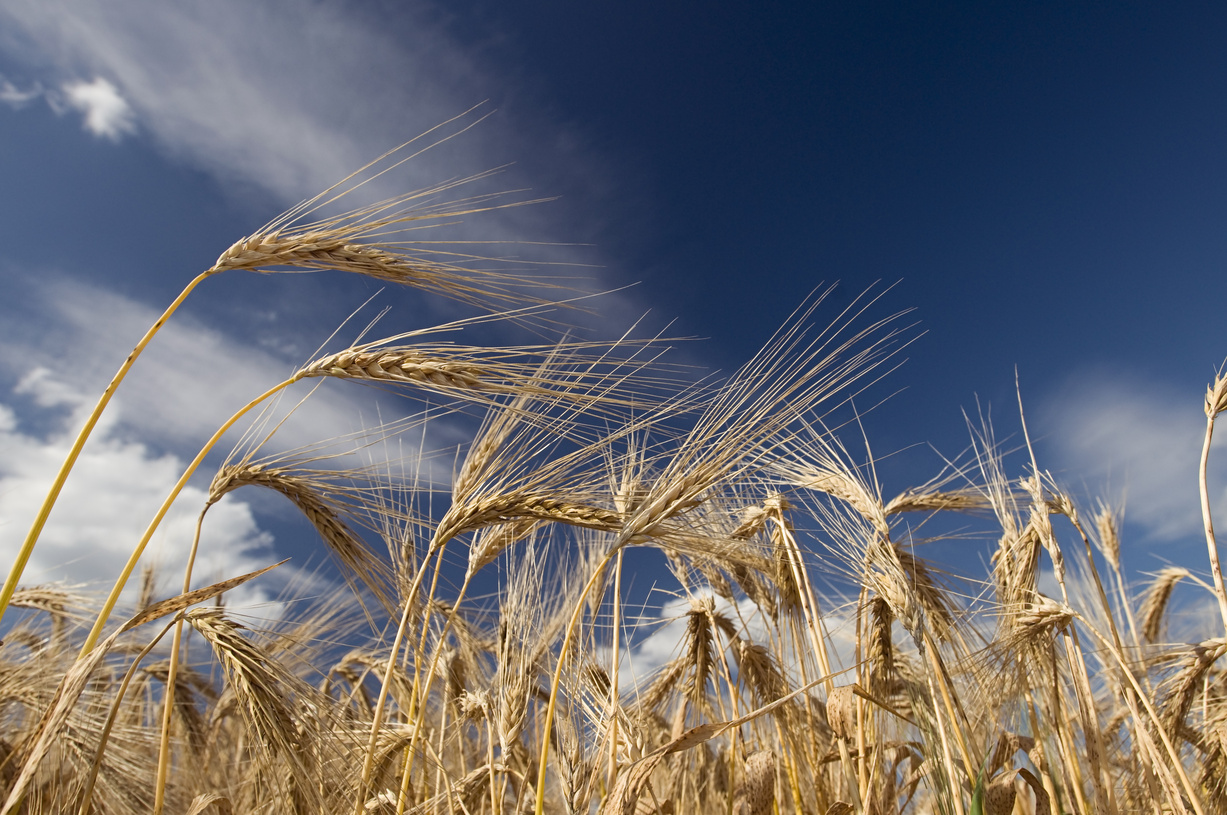
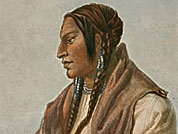
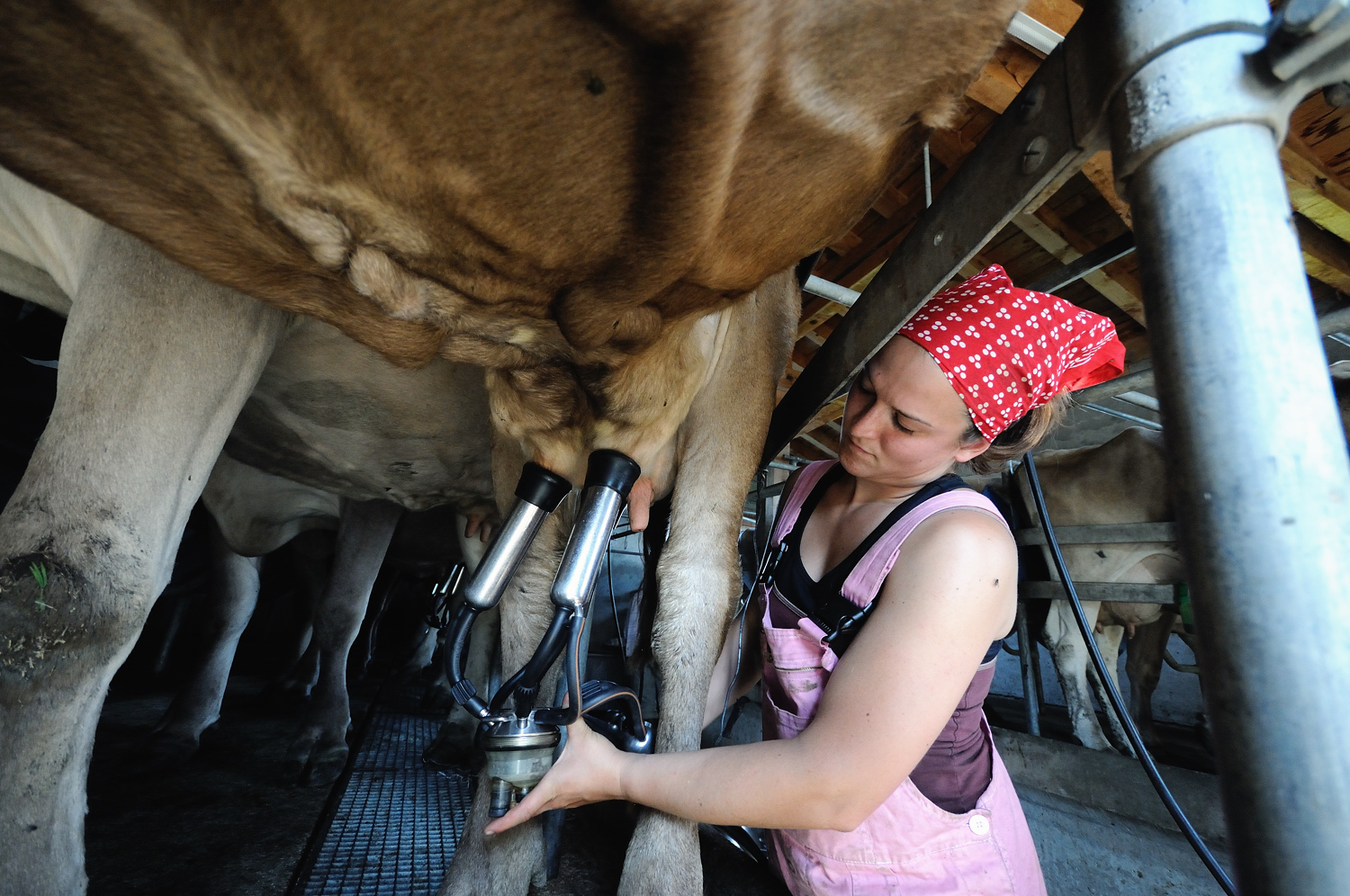
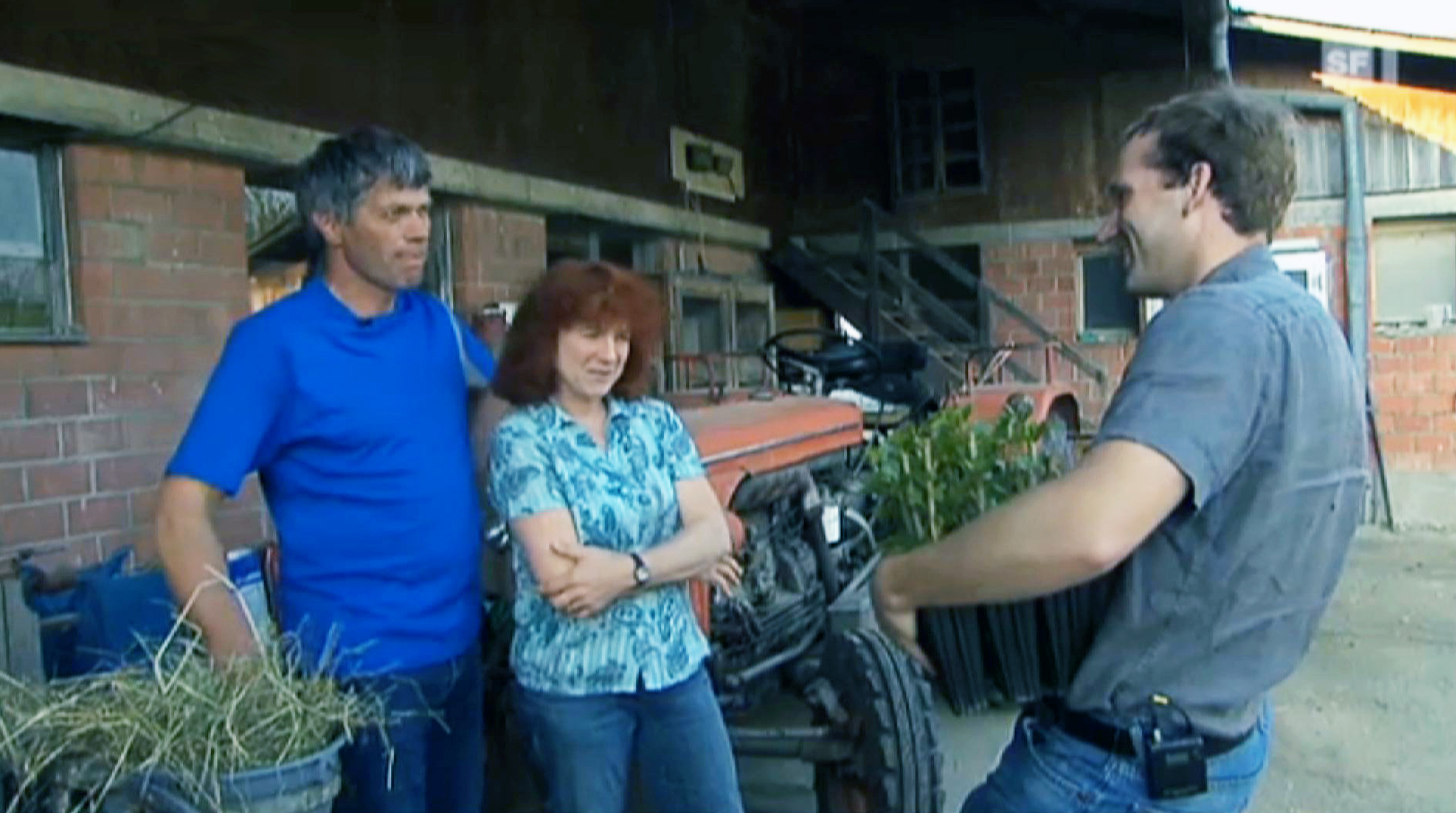
You can find an overview of ongoing debates with our journalists here. Please join us!
If you want to start a conversation about a topic raised in this article or want to report factual errors, email us at english@swissinfo.ch.